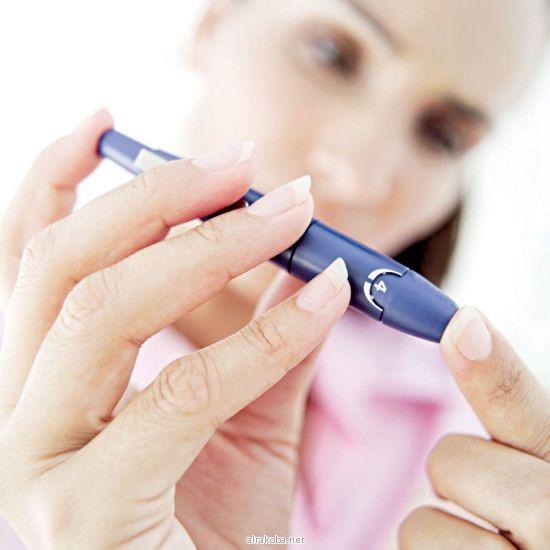Diabetes is a serious condition caused by the inability of the pancreas to produce insulin or to use insulin produced in the proper way. This is the 7th leading cause of death among Americans and according to statistics over 15 million Americans suffer from diabetes. After a meal, a portion of the food that a person eats, it will be broken down into sugar then passes into the blood stream and to the body’s cells via a hormone called insulin that is produced by the pancreas. The pancreas is the one that produce the right amount of insulin to accommodate the quantity of sugar.
However, if the person has diabetes, either the pancreas produces little or no insulin or the cells do not respond normally to the insulin. Sugar builds up in the blood, overflows into the urine and then passes from the body unused.
High blood sugars can the damage the following:
-eyes- leading to diabetic retinopathy and possible blindness
-blood vessels- increasing the risk of heart attack, stroke, and peripheral artery obstruction
-nerves- leading to diabetic neuropathy, foot sores and possible amputation, possible paralysis of the stomach, chronic diarrhea
-kidneys- leading to kidney failure
Diabetes has also been linked to impotence and digestive problems. It is important to note that controlling blood pressure and blood glucose levels, plus regular screenings and check ups, can help reduce the risk of these complications. The causes and risk factors of diabetes are the following: sedentary lifestyle, obesity weighing 20 percent above a healthy body weight, advance age, unhealthy diet, family history of diabetes, improper functioning of the pancreas, minority race, this is usually high risk in Black, Hispanic, American, Indian, westernized Asian and native Hawaiian populations. Medications like cortisone and some high blood pressure drugs, women having given birth to a baby weighing more than 9 lbs. Previously diagnosed gestational diabetes and IGT. Usually, diabetes symptoms for type 1 Diabetes are frequent urination, increased thirst, extreme hunger, unexplained weight loss, extreme fatigue, blurred vision, irritability, nausea and vomiting. For type 2, unexplained weight gain, pain, cramping, tingling or numbness in the feet, unusual drowsiness, frequent vaginal or skin infections, dry itchy skin and slow healing sores.
To diagnose the diabetes, it is needed to get the complete history and physical examination. There are different kinds of laboratory test that the doctor may perform to diagnose this condition, such as urine test, blood test, glucose-tolerance test, fasting blood sugar and glycohemoglobin test.
The patient with type I diabetes, it is manage by injecting insulin to make up for the insufficiency. Rapid or regular activity, semilente, Intermediate -acting, long acting, those are the kinds of insulin that can help a patient with type I diabetes. For type II, the management will be the 4 classes of prescription drugs like sulfonylureas, biguanides, alpha-glucoside, thiazolidinediones.
Awareness in the diabetes symptons is very important, it help us to prevent the risk in developing different kinds of disease.

